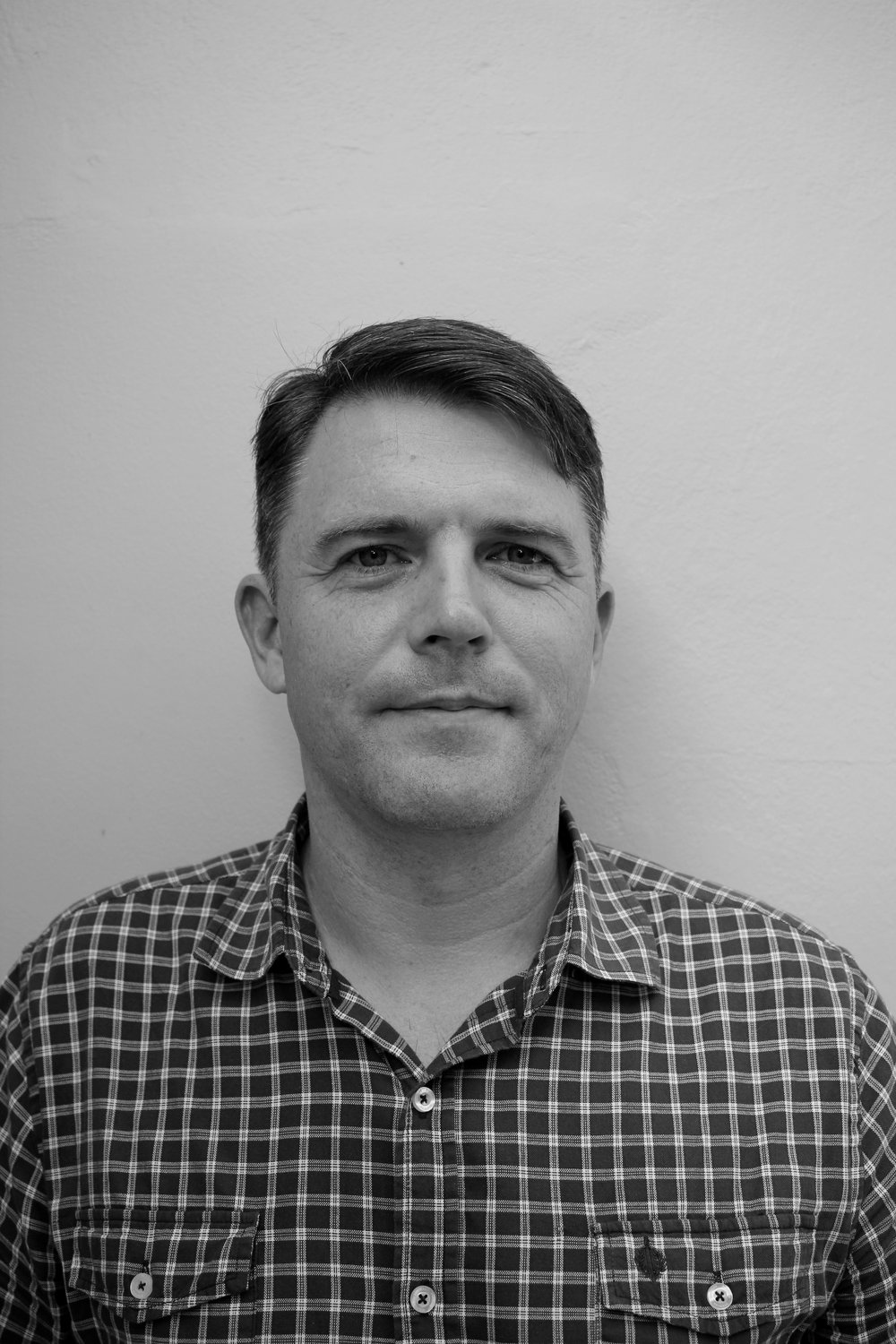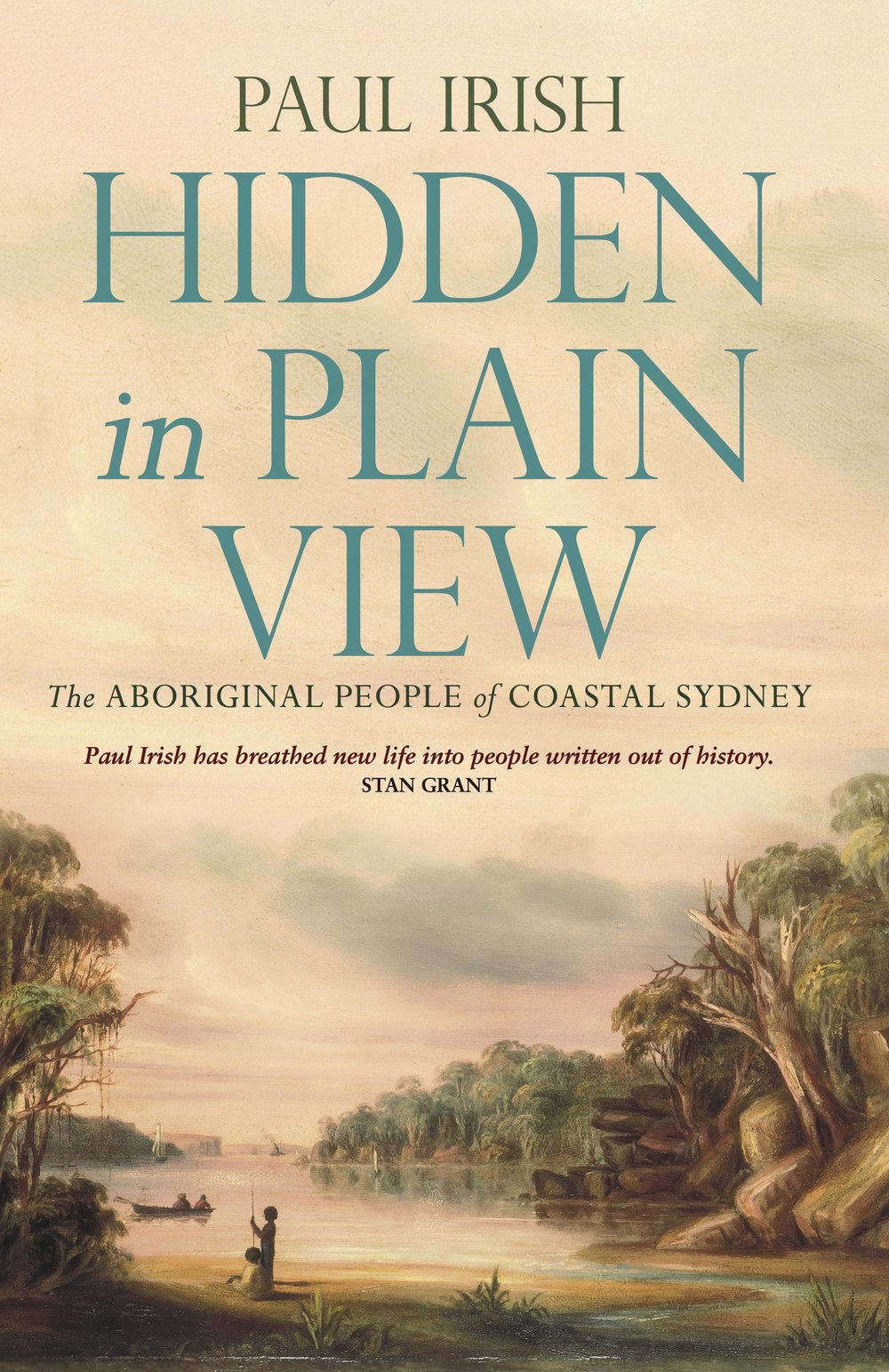As Paul Irish writes, Aboriginal people have lived in Sydney throughout its European history and the traces of this history are all around us.
As Sydney grows upward and outward at an unprecedented rate, an important aspect of its history and heritage risks destruction just as it is first being recognised. We hear in the news about the fight to save buildings (think of the Sirius building in the Rocks) and sometimes about the discovery of stone artefacts and other traces of a much more ancient past, but we never hear about the heritage of the Aboriginal people who continued to live in Sydney after 1788. Why? Because for the most part, we don’t know much about where or how Aboriginal people lived in Sydney throughout the nineteenth century. In fact until recently, it was widely assumed that they died out or disappeared from Sydney during that time.
This idea of disappearance seems reasonable – after all, the coastal part of Sydney around the harbour and Botany Bay was colonial ground zero, and local Aboriginal people were highly impacted by smallpox and frontier violence. Without forgetting this tragic legacy, Hidden in Plain View: The Aboriginal people of coastal Sydney pieces together the overlooked story of the dozens of Aboriginal survivors who continued to call this area home over the next century. They never left Sydney, but they were ignored at the time as outsiders, or else were no longer seen as culturally ‘authentic’. When we look closer at a range of historical records from across the nineteenth century, these people slowly begin to appear, along with their compelling story of continuing connection, endurance and adaptation.
Throughout the nineteenth century there were between 50 and 100 Aboriginal people living across the coastal part of Sydney. They lived in a range of Aboriginal settlements, sometimes away from Europeans but other times right next door. They held onto tradition. They continued to live, travel and marry within the coastal areas to which they had connection. But they also engaged with the colony. They embraced new ways to be able to live as much as possible on their own terms. Fishing became more than a means of obtaining food. Most Aboriginal groups had European fishing boats which they used to ply the coastal waters and sell fish for profit. Others became fishing and hunting guides, trading off their acknowledged and enduring expertise to provide for their families. Just as importantly, they formed relationships with a number of wealthy and influential Sydneysiders who assisted them over a number of decades with boats, supplies and a place to stay.
The result of this history is a patchwork of Aboriginal settlements across Sydney that shifted throughout the nineteenth century with the changing times. The locations of these places only become apparent by understanding these underlying influences. It is important not to replace the erroneous notion of Aboriginal disappearance with the equally misleading assertion that Aboriginal people were everywhere all of the time. At the same time, it is interesting that some so-called ‘historic houses’ and other places of European historical significance have Aboriginal associations too – Vaucluse House, the Sir Joseph Banks Hotel at Botany, Ellesmere House at Sans Souci, ‘Captain Cooks Landing Place’ at Kurnell and many more. These places have what archaeologist Phillip Jones has eloquently described as a patina of ‘ochre and rust’. They are neither exclusively European nor Aboriginal, and together with many other places they can help to tell the hidden story of cross-cultural interaction that characterised coastal Sydney through much of the nineteenth century.
At present, few of these places have been identified on the ground, and so are very vulnerable to ongoing development. The detailed research that is necessary to identify them has not been undertaken in some parts of Sydney, especially to the west where the impact of new suburban developments is most acute. It would be both ironic and tragic if places that have been hidden in plain view for so long disappear for good just as their significance to Sydney’s history is becoming apparent. Greater public awareness of the history that created them is the best way to stop this from happening.
* * * * * * *
Paul Irish’s book Hidden in Plain View is published by NewSouth in May 2017.



